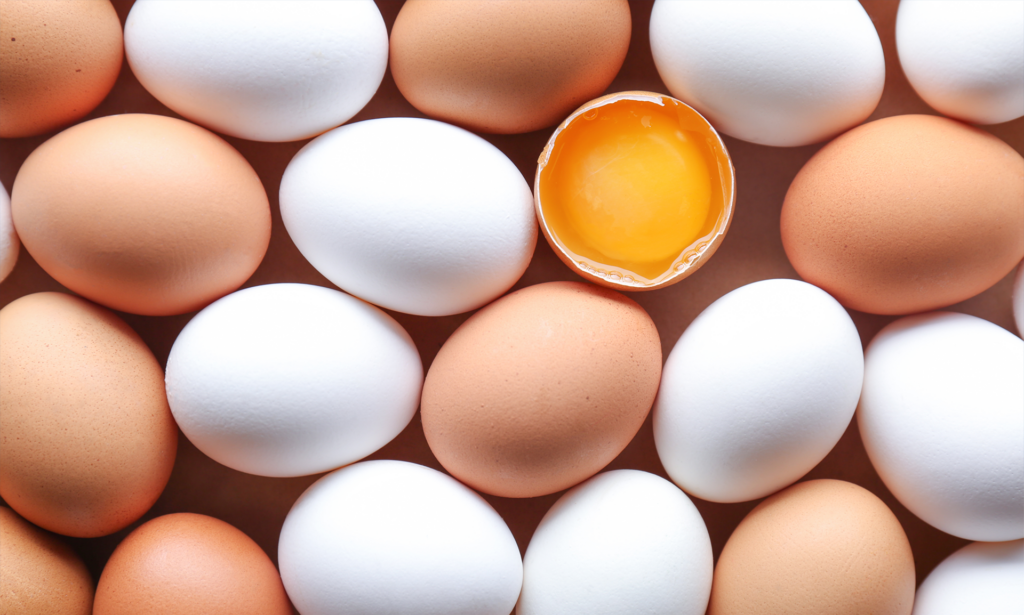2 Min Read
How McDonald’s Responded to #grimaceshake
For a brief moment, Grimace was everywhere.
Mcdonald’s released a berry milkshake earlier this summer to honor the birthday of its historic mascot, Grimace.
The Evil Grimace originally roamed the streets of the fictional “McDonaldland” stealing milkshakes from the hands of Mcdonald’s patrons. The restaurant’s marketing team recently reinvented the character into a bubbly, kind-hearted purple fur ball while also dropping the “evil” from his name.
But the public wasn’t ready for a reformed Grimace.
With over 850 million views, #grimaceshake became a viral TikTok challenge teasing the fast-food chain’s new drink.
The trend shows users excitedly obtaining the milkshake, ready to take their first sip to celebrate Grimace. But with that first sip, people become seemingly possessed by the Evil Grimace. They experience twitches, convulsions and throwing up purple goo. Some users even joke about being haunted by Grimace’s spirit.
Is the drink actually deadly or even dangerous? Of course not. But the user-curated narrative drove an exponential boost in the campaign’s popularity.
It also created a real conundrum for McDonald’s marketing team: How do you respond to a viral trend of customers feigning injuries and hauntings after trying your product?
McDonald’s opted to join in on the unexpected fun, tweeting photos of the mascot with captions like “meee pretending I don’t see the grimace shake trendd.”

Grimace’s Milkshake Runs Out
Grimace mysteriously tweeted “u made me feel so speciall ty say goodbye grimace nowww” which seemingly marks the end of the promotion. While we bid farewell to the drink for the time being, it will be interesting to see if the spirit of Grimace arises on his next birthday.
Rather than a promotion-gone-wrong situation, Professor of Social Media and Influencer Marketing at Chapman University Matthew Prince says the Grimace challenge represents a “positive reflection of [McDonald’s] ability to connect with a generation.”
While the trend may not have had the effect the marketing team initially intended, the impact it had on social media boosted the campaign surpassing the original expectations.
